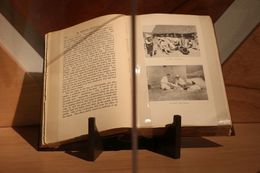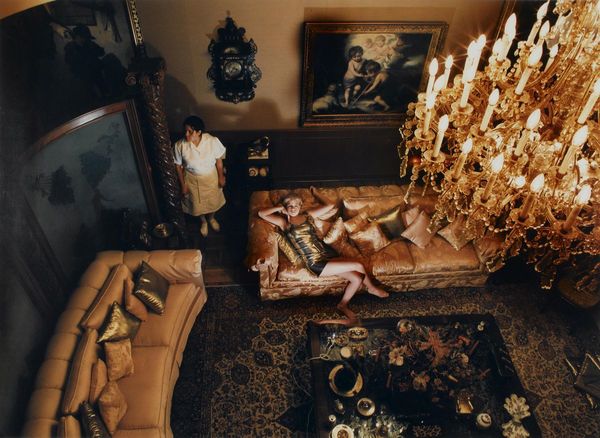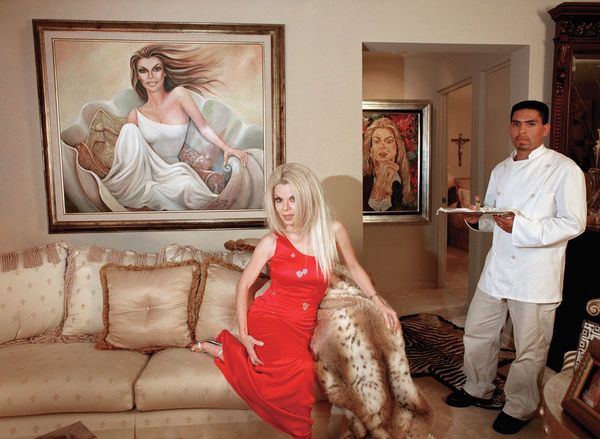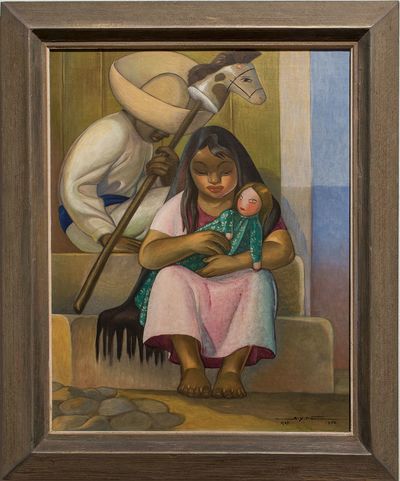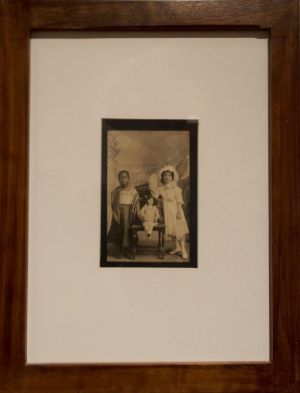The division of humanity by skin color is the most common and widespread classification, but also the most arbitrary, as it’s difficult to argue that Africans are truly black, Asians truly yellow, Europeans truly white – and even more so, to establish where one skin tone begins and another ends, as it’s a physical trait that exists on a continuum, and can even vary in a single person due to light conditions and exposure to the sun, among other factors. If to this we add the value attributed to this trait – the supremacy of white skin above all others – the description and judgements of the skin of others and the perception of one’s own appear in all their complexity.
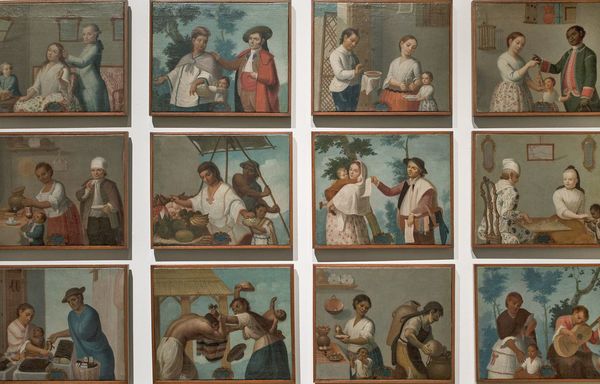 Unknown Artist, Castes, 18th Century, Oil on Canvas, Archives of the National History Museum, Chapultepec Castle, INAH.
Unknown Artist, Castes, 18th Century, Oil on Canvas, Archives of the National History Museum, Chapultepec Castle, INAH.
This is particularly true in Mexico due to the multiplicity of ethnic origins: indigenous and Spanish – as is well known – but also different regions of Africa, mulattos from the Antilles, Chinese and Filipinos, Jews and people from other parts of Europe. The so-called caste paintings were highly aware of this, contextualizing trades, places of residence, nutritional habits, behaviors and social classes, among other traits. In the colonial era, the idea of purity was centered on blood, which was also far from simple, as religion and noble origins were decisive; having Jewish or common ancestry was enough to no longer be considered of pure blood.
Metropolitan Spaniards felt themselves to be apart from this uncontainable proliferation of castes, although this diversity was perceived as an expression of power, of their world-spanning empire. On the contrary, criollos – Spaniards born in the New World – were not proud of this mixture, as they felt it gave the population of New Spain a bad image. In their desire to prove the purity of their blood, they purchased fake titles and even entire family trees: this obsession with appearing Spanish led to more attention placed on appearance, making pale skin into a sign of one’s noble blood. Baron Humboldt was right when he argued, at the beginning of the 19th Century, that, “in America, more or less white skin decides man’s place in society.” As if he had just arrived yesterday…
The Classification of the Skin Color of Indigenous People
The skin color of the inhabitants of America is described as being of multiple tones in the chronicles written immediately following the Conquest; nevertheless, the news that there were peoples with red skin – due to the pigments they used to decorate their body – took root in the European imaginary, just as the pale yellow attributed to Asians was allegedly caused by illness. The first classification of humanity, set out and modified several times by Linnaeus in the 18th Century, gave scientific support to these ideas, associating a series of equally prejudicial behavior traits to each one of the four human groups defined in his system.
Making use of new methods of making objective, true, unquestionable observations, such as the form and color of the hair and eyes, the size of the skull, the degree of civilization and other elements that were analyzed using scientific criteria, later classifications broadened this system to one with five colors and countless types, subtypes, etc.
This scheme was used as a starting point for the U.S. anthropologist Frederick Starr during his trip through central and southern Mexico, in which he measured, photographed and made molds of the faces of indigenous people, observing their lives and seeking to establish typologies and data that could be used to make generalizations. He determined a skin color scale and colored the faces of his plaster masks, which he then sent, along with other objects, to museums. Here they are shown in Mexico for the first time.
 Color chart used by Frederick Starr to classify the Indians of southern Mexico, 1908./span>
Color chart used by Frederick Starr to classify the Indians of southern Mexico, 1908./span>
Colored busts of indigenous Mexicans from the southeast, ca. 1900, Plaster, Archives of the Natural History Museum, Paris, France.
These previously determined traits take on meaning within classifications and general theories. They were used to define racial mixtures that were considered either good or inappropriate, pure or degenerate types, an entire series of judgements that implied a relationship between colonizers and colonized. White was always considered to be the original from which all other races derived, the most evolved race, the one that should reach out to others, the symbol of purity, of beauty. All this was expressed in data, measurements, color charts, publications, conferences. Science is thus inseparable from its social context.
 Andrés Carretero, Blondes, 2011, Photographs, Televisa Foundation Collection.
Andrés Carretero, Blondes, 2011, Photographs, Televisa Foundation Collection.
Brown People Need Not Apply
Studies conducted in recent years by a variety of institutions show that skin color is a central element in Mexican society. It affects employment as it privileges those with a clearer skin tone (there are many job announcements that specify light skin or light brown skin as a requirement); housing; access to nightclubs, bars and restaurants; interactions with others; as well as wages and opportunities for academic and professional advancement. In other words: life itself.
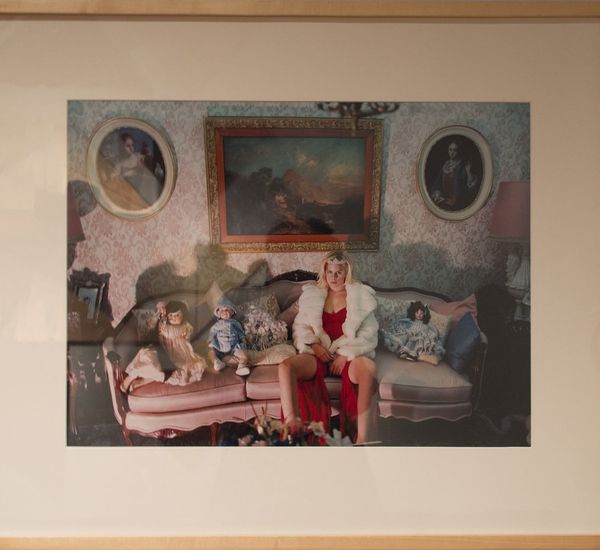 Daniela Rosell, Rich and Famous, 1999, Chronometric Print, Televisa Foundation Collection.
Daniela Rosell, Rich and Famous, 1999, Chronometric Print, Televisa Foundation Collection.
How do we interiorize these values? Where do our aspirations to have light skin, blonde hair and blue eyes come from? How did the idea that having a light-skinned baby was “improving the race” take root in our society? It’s difficult to say for certain, but it’s clear that playing with blonde dolls at a young age has an influence, as is constant exposure to advertising, television and film; social success is also associated with this stereotype, the so-called aspirational image that combines physical appearance, health and socioeconomic level. It’s almost impossible to resist.
The following call for actors for a commercial is illustrative:
CONAPRED, Racism in Mexico, 2011, CONAPRED Video Archive.




